數據開放 數據集
There is growing consensus in the open data community that the mere release of open data — that is data that can be freely accessed, remixed, and redistributed — is not enough to realize the full potential of openness. Successful open data initiatives don’t simply tick the ‘open’ box but produce data that actually gets used. Open data portals, in particular, are prone to the risk of becoming “data dumps”, where the number of published datasets counts more than their quality or utility.
開放數據社區中越來越多的共識是,僅釋放開放數據(即可以自由訪問,重新混合和重新分配的數據)不足以實現開放的全部潛力。 成功的開放數據計劃不僅會簡單地在“開放”框中打鉤,而且還會產生實際使用的數據 。 開放數據門戶尤其容易成為“數據轉儲”的風險,其中已發布數據集的數量比其質量或實用性更為重要。
This is why, when Sheldon.Studio was hired by the Matera | European Capital of Culture 2019 foundation to design their open-data portal, we felt we were in front of a unique challenge. How do we create an open data portal that empowers the audience, and how do we avoid an open data dump 🤪? One month into the project, here is what we learned in the process 😎.
這就是為什么當Matera雇用Sheldon.Studio的原因| 歐洲文化之都2019基金會設計了他們的開放數據門戶 ,我們認為我們正在面對獨特的挑戰。 我們如何創建一個開放的數據門戶網站來增強受眾的能力,以及如何避免開放的數據轉儲🤪? 進入項目一個月后,這就是我們在過程中中學到的東西😎。
了解受眾是以受眾為中心的數據門戶的第一步。 (Knowing the audience is the first step to an audience-centered data portal.)
Last year was a big one for the city of Matera, a city in Southern Italy of 60K souls whose history dates back to the Palaeolithic, as it became European Capital of Culture 2019 and witnessed the arrival of more than half a million visitors. Not only tourists but also artists, cultural workers, and social operators swarmed through the city and actively participated in more than 2400 events, many of which spanned multiple days.
去年是馬泰拉(Matera)市的重要一年。馬泰拉(Matera)是意大利南部一個擁有6萬名靈魂的城市,其歷史可以追溯到舊石器時代,當時它已成為2019年歐洲文化之都 ,目睹了超過50萬游客的到來。 不僅游客,藝術家,文化工作者和社會工作者也蜂擁而至,并積極參加了2400多個活動,其中許多活動跨越了數天。

Can you imagine the amount of data visitors and citizens generated during the year? We can tell you about what we received: dozens and dozens of spreadsheets, some handcrafted, some software-generated; textual reports; photo galleries and video interviews. We could simply upload it online in some repo and be done with it. Yet, since the beginning of the collaboration, we embraced the idea of conceiving something beyond the usual. We wanted to give the data back to the people who helped produce it. This meant focusing on what the audience needed to understand.
您能想象一年中游客和市民產生的數據量嗎? 我們可以告訴您我們收到了什么:數十個電子表格,一些是手工制作的,一些是軟件生成的; 文字報告; 照片畫廊和視頻采訪。 我們可以簡單地將其在線上傳到某個存儲庫中并完成它。 但是,自從合作開始以來,我們就接受了構思超出平常事物的想法。 我們希望將數據返回給幫助產生數據的人員。 這意味著關注觀眾需要理解的內容。
Saul Wurman, who coined the concept of information architecture in the mid of the 70s, often said: “You only understand something relative to something you already understand.” This simple, yet timeless, statement represents an essential lens through which we design information experiences at Sheldon.studio. In practice, it means that we should design upon the past experiences of our audience in order to explain something novel. So, knowing our audience was the first building block of our design process.
索爾·沃曼(Saul Wurman)在70年代中期提出了信息架構的概念,他經常說:“您只了解與已經了解的東西相關的東西。” 這個簡單而又永恒的陳述代表了我們在Sheldon.studio設計信息體驗的基本視角。 在實踐中,這意味著我們應該根據觀眾過去的經歷進行設計,以便解釋一些新穎的事物。 因此,了解我們的觀眾是我們設計過程的第一步。
Another key ingredient of our human-centered design approach is the preference for simple visualizations over flamboyant charts, especially when the fancier design would entail a compromise on clarity. Other than the complexity of the data visualizations, we instead leveraged colors and animations to keep our chart designs fresh and engaging, facilitating the audience in the comprehension of hidden data patterns.
我們以人為中心的設計方法的另一個關鍵要素是,相對于華麗的圖表 ,更喜歡簡單的可視化效果 ,尤其是在更高級的設計會影響清晰度的情況下。 除了數據可視化的復雜性之外,我們還利用顏色和動畫來使圖表設計保持新鮮和引人入勝,從而使觀眾能夠理解隱藏的數據模式。
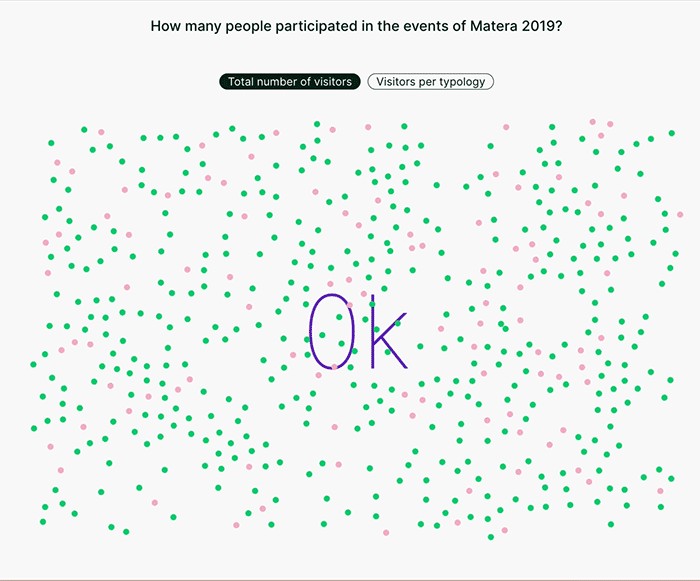
From a design perspective, we rooted our visualizations around the central theme of showing the liveliness and the humanity that characterized the cultural programme of Matera. For this reason, we privileged rounded shapes and a profusion of dots swarming everywhere, a metaphor of humanity as seen from a bird’s eye view and we decided to present some visualization using the metaphor of a pack of many separate units/bubbles forming bigger clusters. We feel that this makes the numbers interesting and more intuitive to grasp also for audiences with lower data viz literacy.
從設計的角度來看,我們將視覺化植根于以馬泰拉(Matera)文化節目為特色的生動活潑和人性化這一中心主題。 因此,我們優先考慮圓形和到處散布著大量點的情況,從鳥瞰的角度來看,這是人類的隱喻,因此,我們決定使用一堆由許多獨立的單元/氣泡組成的隱喻來呈現一些可視化,從而形成更大的簇。 我們認為,這對于具有較低數據即識字率的受眾來說,也使數字變得有趣且更加直觀。

In line with our endeavour to keep the data visualization accessible and easy to parse, we devised an innovative way to efficiently integrate legends, charts and text. Readers usually struggle as their eyes ping-pong back and forth between the chart and its legend to understand what’s what, so we tried to intertwine the legend in the descriptive text above it, highlighting keywords with the corresponding colours in the chart. The idea is to spark curiosity in the readers as they note that some words in the text are highlighted, or, the other way around, to prompt somebody to read the text while seeking for the legend.
為了使數據可視化易于訪問和易于解析,我們設計了一種創新的方法來有效地集成圖例,圖表和文本。 讀者通常會在圖表和圖例之間來回乒乓球的過程中掙扎,以了解內容是什么,因此我們嘗試在圖例上方的描述性文字中纏上圖例,在圖表中突出顯示具有相應顏色的關鍵字。 這樣做的目的是激發讀者的好奇心,因為他們會注意到文本中的某些單詞被突出顯示,或者反之亦然,以促使人們在尋找圖例時閱讀文本。
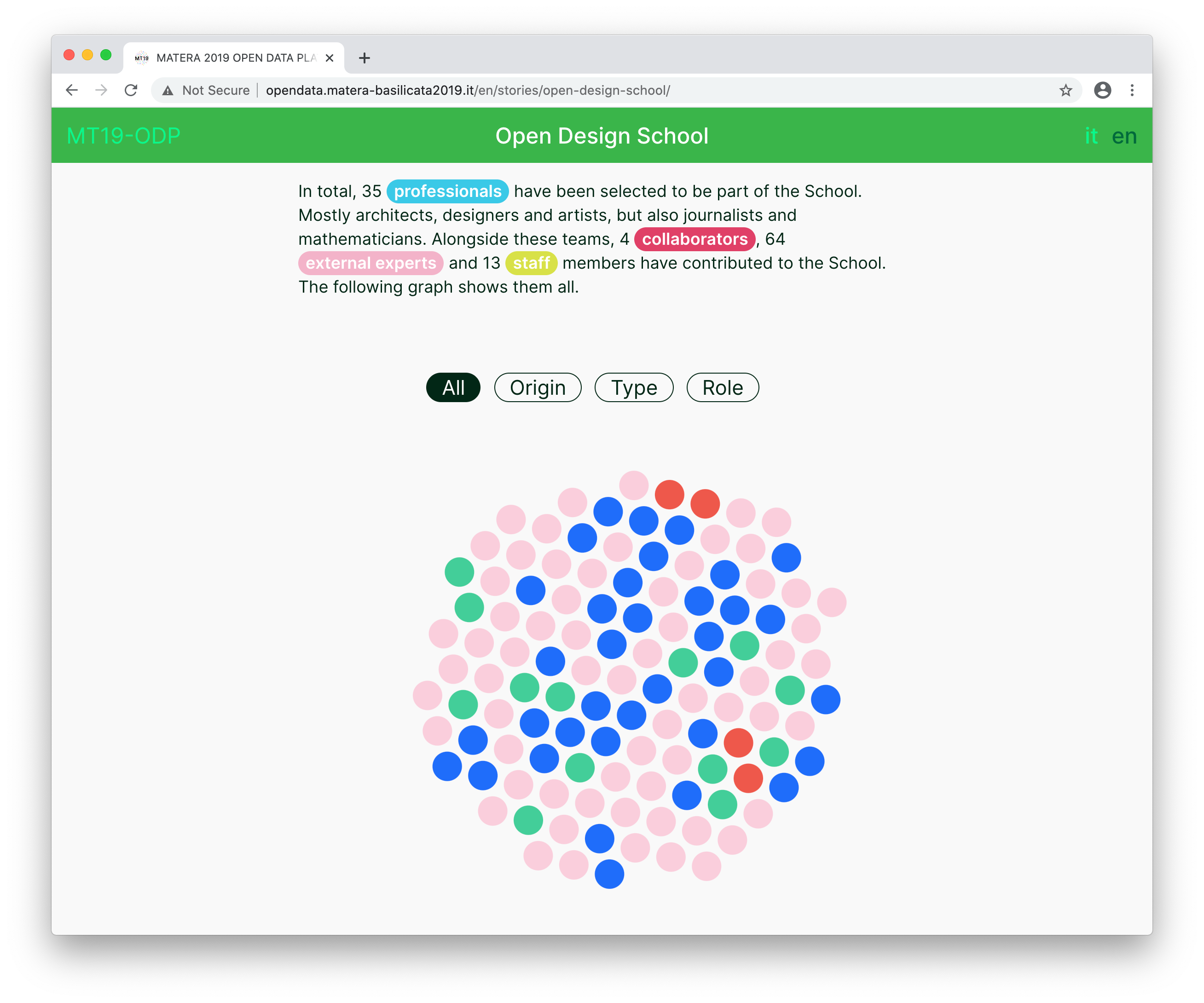
下一個? 規劃不同的數據素養水平。 (Next? Plan for different data literacy levels.)
The co-design sessions with our client, the Matera Foundation, surfaced the need to plan for multiple entry points and different levels of data literacy, to suit the needs of the different types of people that would visit the portal.
與我們的客戶Matera基金會的共同設計會議表明,需要計劃多個入口點和不同級別的數據素養,以適應訪問門戶網站的不同類型人員的需求。
A first step in this direction was to include qualitative data alongside the numbers and statistics. We strongly believe that quantitative data is just one possible ingredient to the story, especially when we are discussing social issues, and moreover if it’s important to include a broader audience. For this reason, we combined traditional data visualizations with original texts, and we intertwined the data stories with photos and statements by the participants.
朝這個方向邁出的第一步是將定性數據與數字和統計信息一起納入。 我們堅信, 量化數據只是故事的一種可能成分,尤其是在我們討論社會問題時,而且對于擴大受眾范圍是否重要也是如此。 因此,我們將傳統的數據可視化與原始文本結合在一起,并將數據故事與參與者的照片和陳述交織在一起。
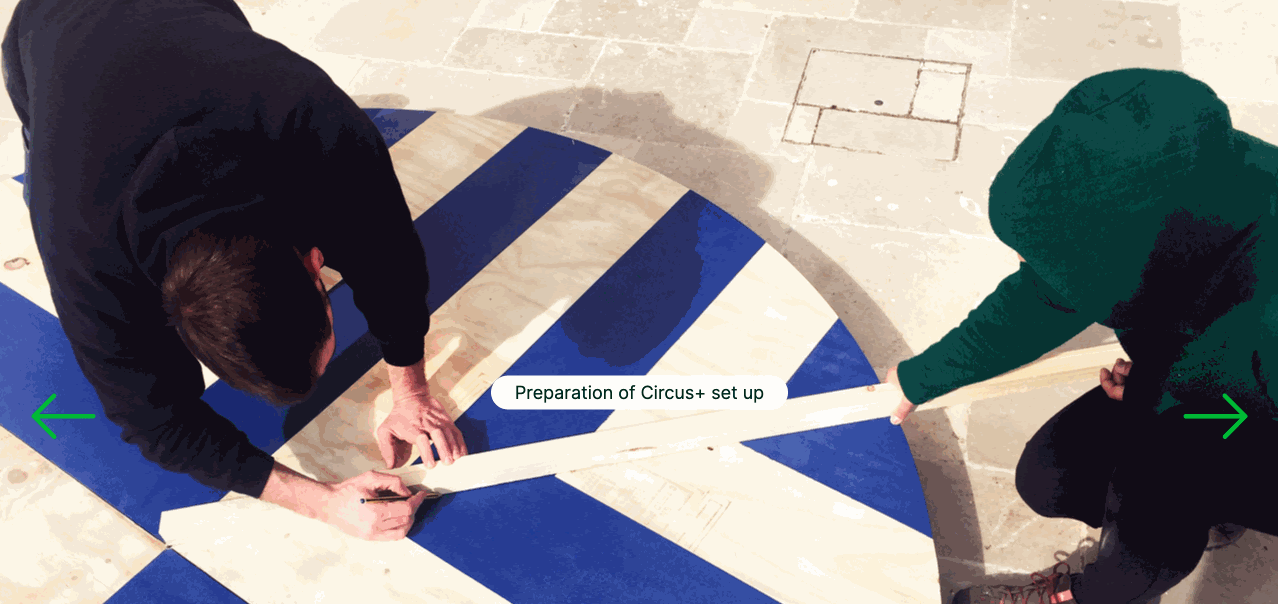
In its final version, the project unfolds across 8 thematic sections and 6 in-depth micro-stories. We opted for these two different content formats, sections, and stories, to offer two different ways of looking at the data. The thematic sections stand as metaphorical chapters that disclose the main narrative of what Matera 2019 has represented, providing a birds-eye view on the core values of its organization. The micro-stories, on the other hand, drill down on specific events or issues of particular importance. So, for instance, while the Cultural vibrancy introduces and visualizes the amount and diversity of the cultural program, the connected Open Design School micro-story unveils how the project brought talented youngsters from all over Europe during the year (see pic below).
在其最終版本中,該項目涵蓋8個主題部分和6個深入的微型故事。 我們選擇了這兩種不同的內容格式,部分和故事,以提供兩種不同的數據查看方式。 主題部分作為隱喻性章節站立,揭示了Matera 2019所代表的主要敘述,提供了其組織核心價值的鳥瞰圖。 另一方面,微型故事會深入研究特定事件或特別重要的問題。 因此,例如,在文化活力介紹和形象化文化節目的數量和多樣性的同時, 開放式設計學院微型故事樓揭示了該項目如何在這一年中吸引了來自歐洲各地的才華橫溢的年輕人(見下圖)。
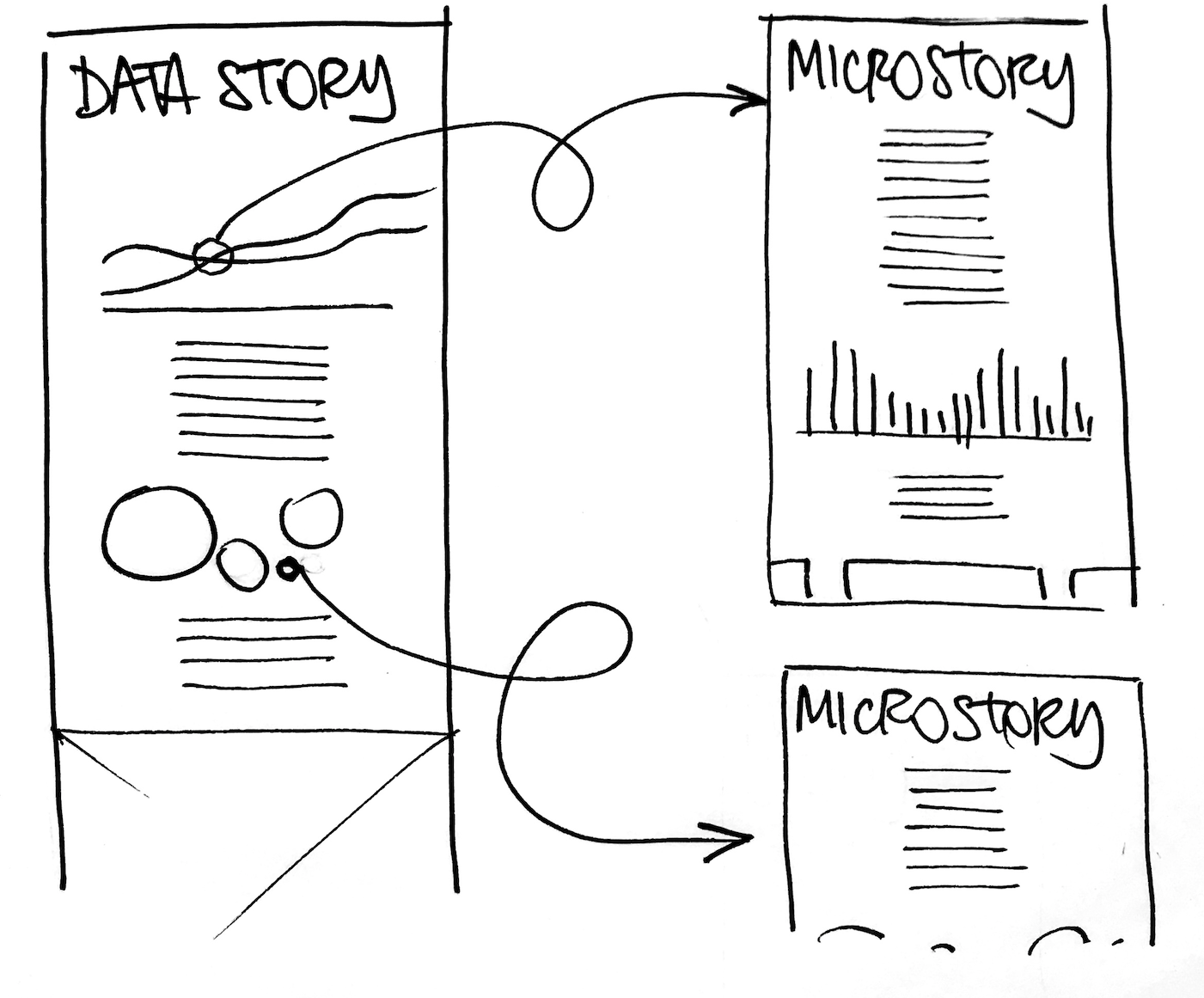
The way we decided to publish the open data in the portal is itself an attempt at suiting the different data literacy levels and needs the website’s visitors may have. All the data is published in three places, each designed with a specific type of audience in mind.
我們決定在門戶中發布開放數據的方式本身就是為了適應不同數據素養水平和網站訪問者可能有的需求。 所有數據都在三個位置發布,每個位置的設計都考慮了特定的受眾類型。
🤓🤓🤓 A dedicated GitHub repo that provides the CSV and JSON files (as a data geek would expect them).
🤓🤓🤓一個專用的GitHub存儲庫 ,提供CSV和JSON文件(數據極客所期望的)。
🤓🤓 An “Open Data Centre” on the website, which is essentially a traditional open data portal, listing all the raw data files along with their metadata.
🤓🤓“開放數據中心”的網站上,這基本上是一個傳統的開放式數據門戶網站,列出了所有的原始數據文件及其元數據。
🤓 An “Open Data Corner” at the end of each thematic section or micro-story, which includes only the data referred to the specific section or story. In each open data corner, we decided to publish not only the raw data but also the aggregated and processed data files that we used to produce each visualization that is on the page.
each每個主題部分或微型故事結尾處的“ 開放數據角 ”,其中僅包含涉及特定部分或故事的數據。 在每個開放數據角,我們決定不僅發布原始數據,還發布我們用于生成頁面上每個可視化效果的匯總和處理數據文件。
We believe that the latter, the “Open Data Corner” is a core innovation in the way we designed the portal, as it empowers people who might have a lower data literacy than a typical open data user, like concerned citizens, activists, as well as journalists, to access and play with the data in a beginner-friendly manner.
我們相信后者,即“開放數據角”是我們設計門戶網站方式的一項核心創新,因為它使可能具有比一般開放數據用戶低的數據素養的人們(如關注的公民,活動家)作為記者,以對初學者友好的方式訪問和處理數據。
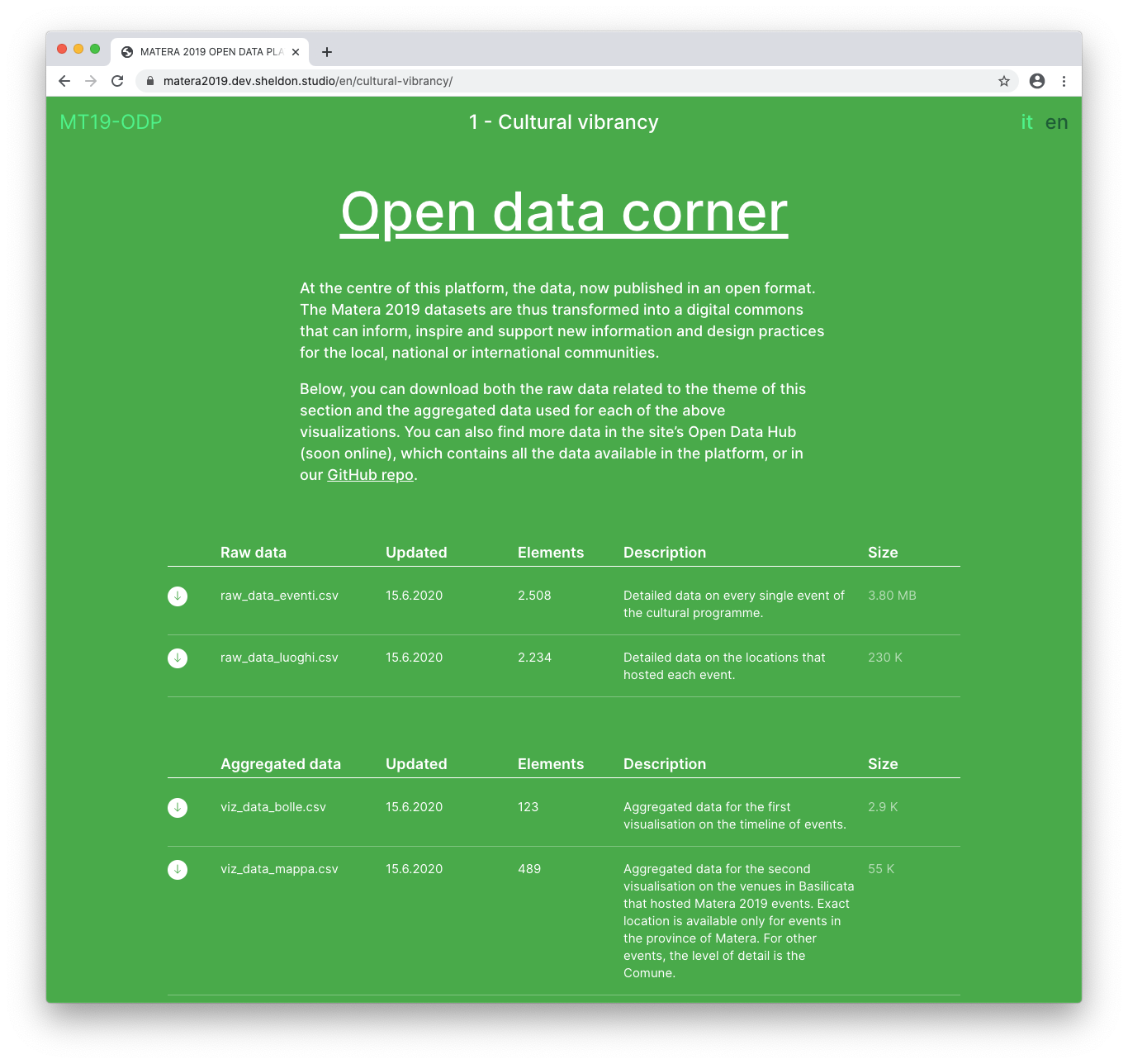
最重要的是,將數據視為達到目的的手段,而不是目的本身😏。 (Most of all, think of data as a means to an end, not the end in itself 😏.)
The more we figured out how to translate the principles of human-centered design into the practice of creating the Matera 2019 data portal, the more we realized we were shifting the role data has in a traditional open data portal.
我們越想出如何將以人為本的設計原理轉化為創建Matera 2019數據門戶的實踐,就越能意識到我們正在轉移數據在傳統開放數據門戶中的角色。
Open data portals are typically all about the data: how many datasets, how many formats, which open licenses. Open data portals are typically all about the data: how many datasets, how many formats, which open licenses. In Matera 2019 this hierarchy is flipped: the stories come first which narrate the data and illustrate what can be done with the data, then we provide the downloadable open datasets.
開放數據門戶通常與數據有關:多少數據集,多少格式以及哪種開放許可證。 開放數據門戶通常與數據有關:多少數據集,多少格式以及哪種開放許可證。 在Matera 2019中,這種層次結構被顛覆了:故事首先講述數據,并說明如何處理數據,然后提供可下載的開放數據集。
In addition, a standard open data portal will include mainly quantitative, machine-readable datasets. In the Matera 2019 open data portal, CSVs and machine-readable datasets are just one of the many components of a multi-modal narration, together with texts, videos, pictures, etc. The datasets are not stand-alone elements, but parts of an informative ecosystem covering the many facets and the complexity of what Matera European Capital of Culture 2019 has represented.
此外,標準的開放數據門戶將主要包含定量的機器可讀數據集。 在Matera 2019開放數據門戶中,CSV和機器可讀數據集只是多模式旁白的眾多組成部分之一,還包括文本,視頻,圖片等。這些數據集不是獨立的元素,而是其中的一部分一個信息豐富的生態系統,涵蓋了Matera歐洲文化之都2019所代表的各個方面和復雜性。
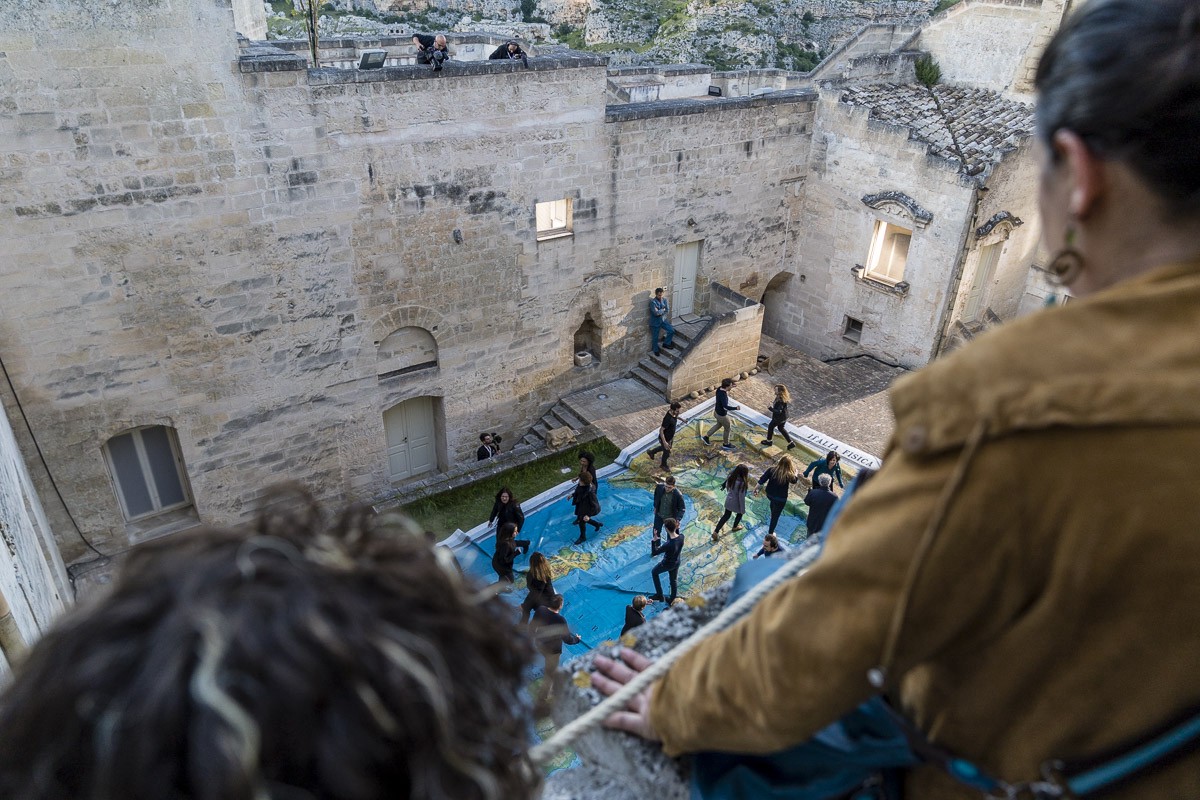
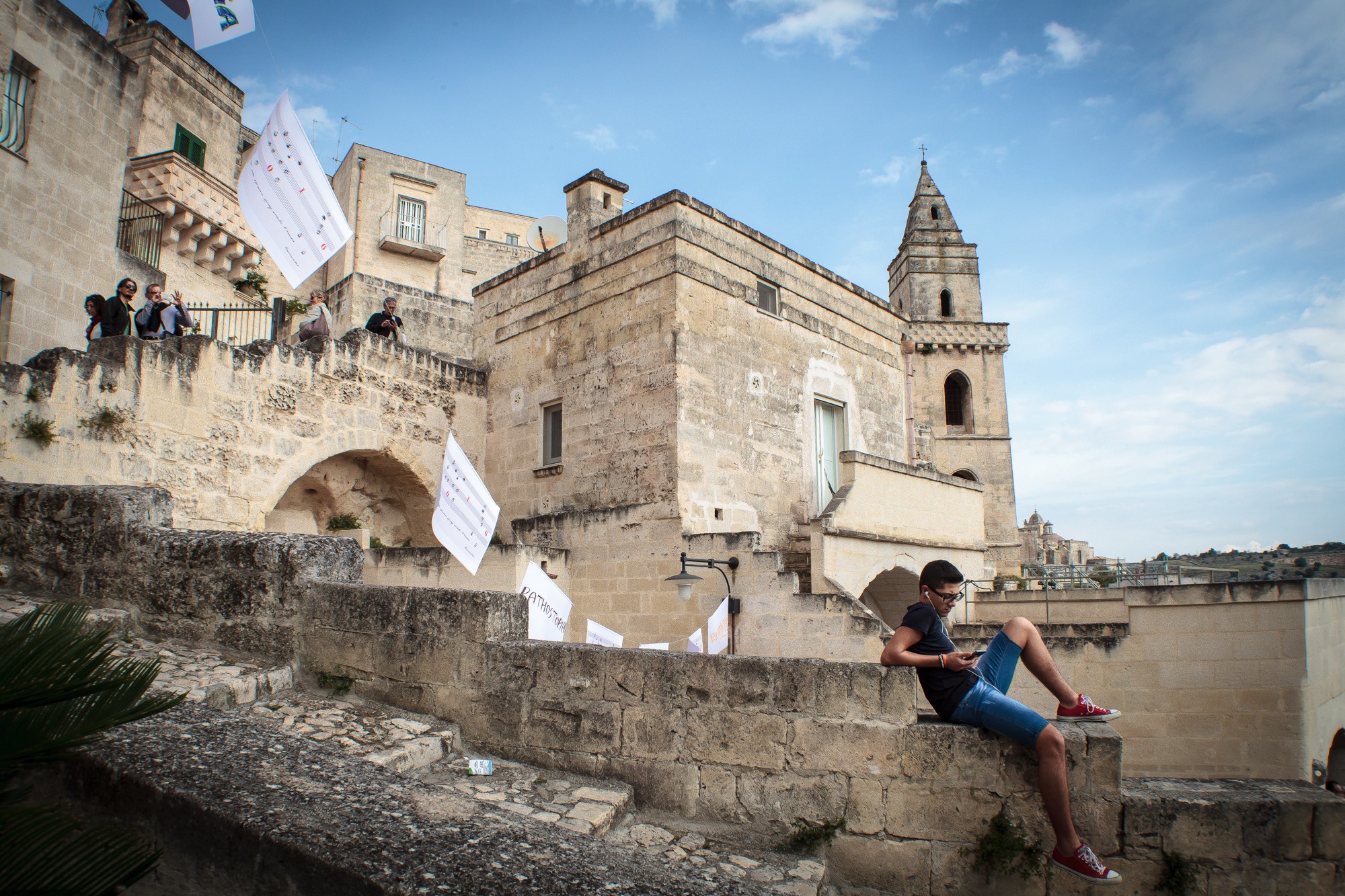
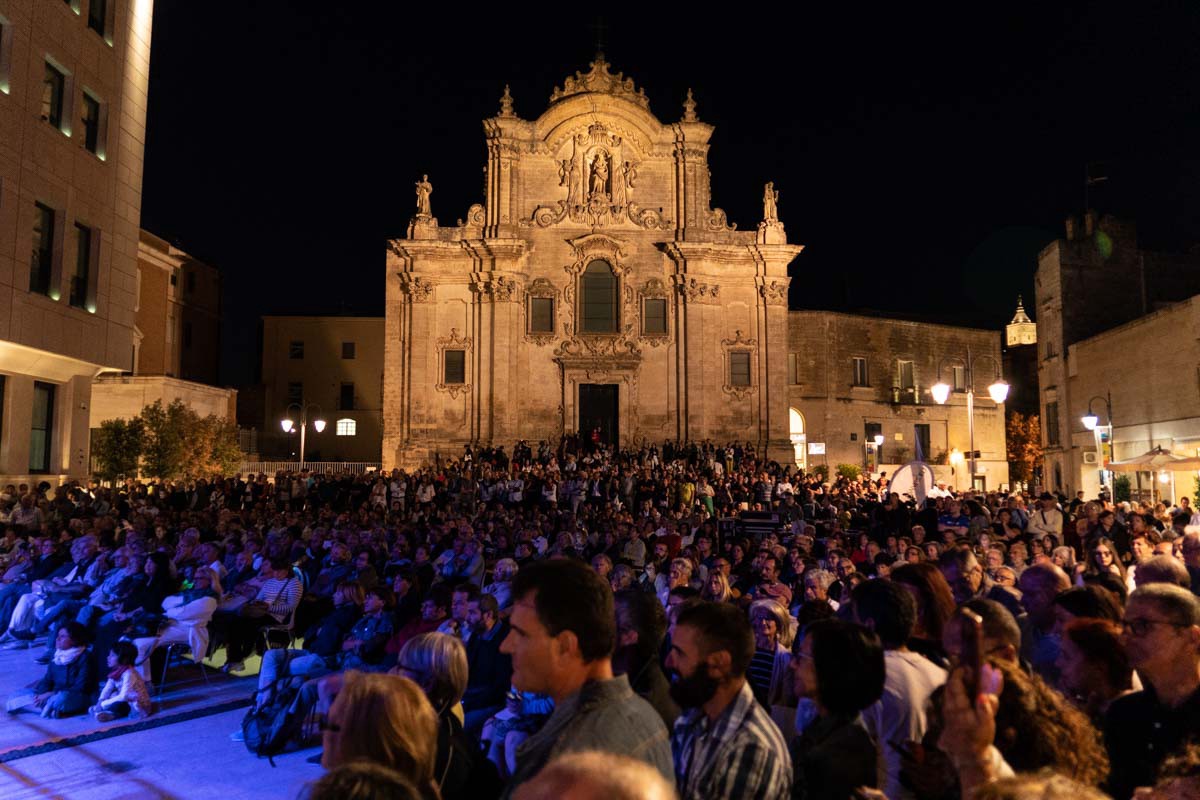
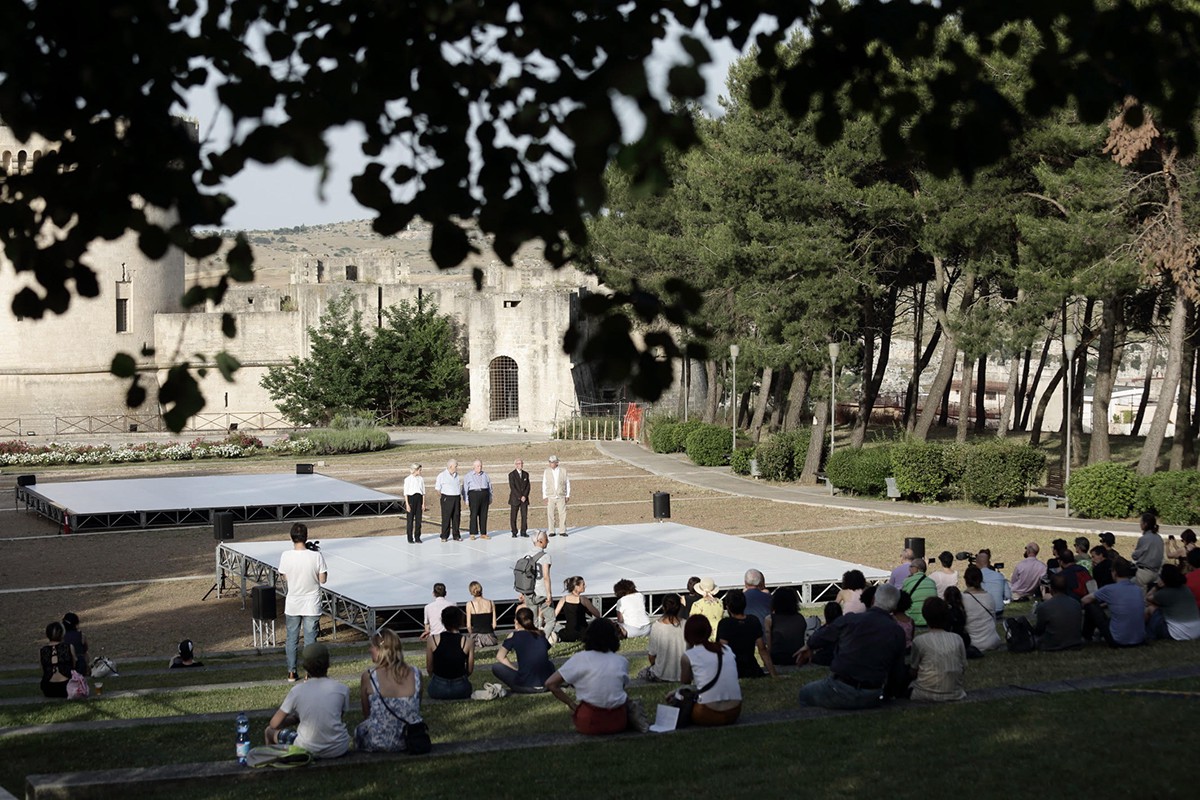
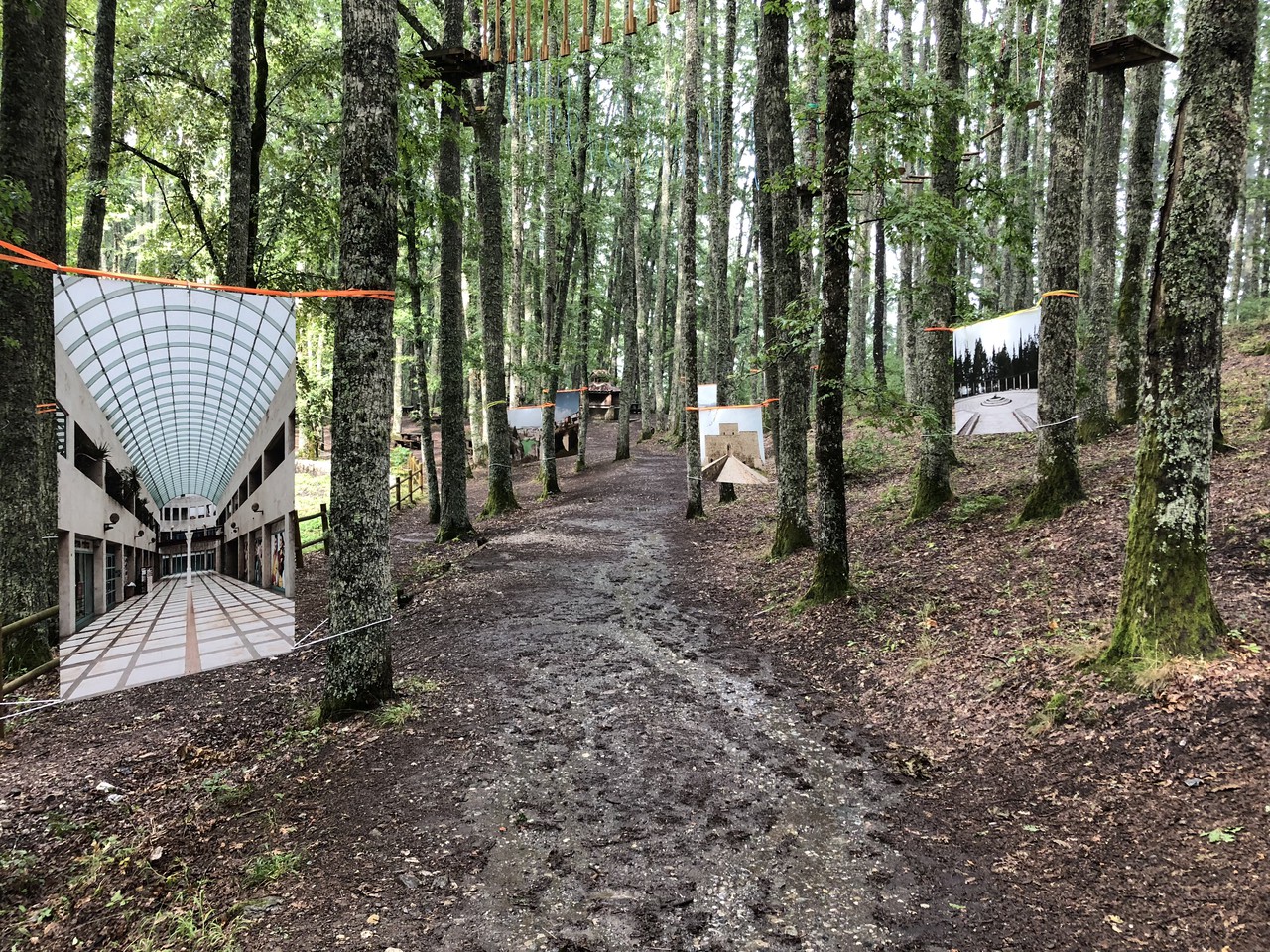
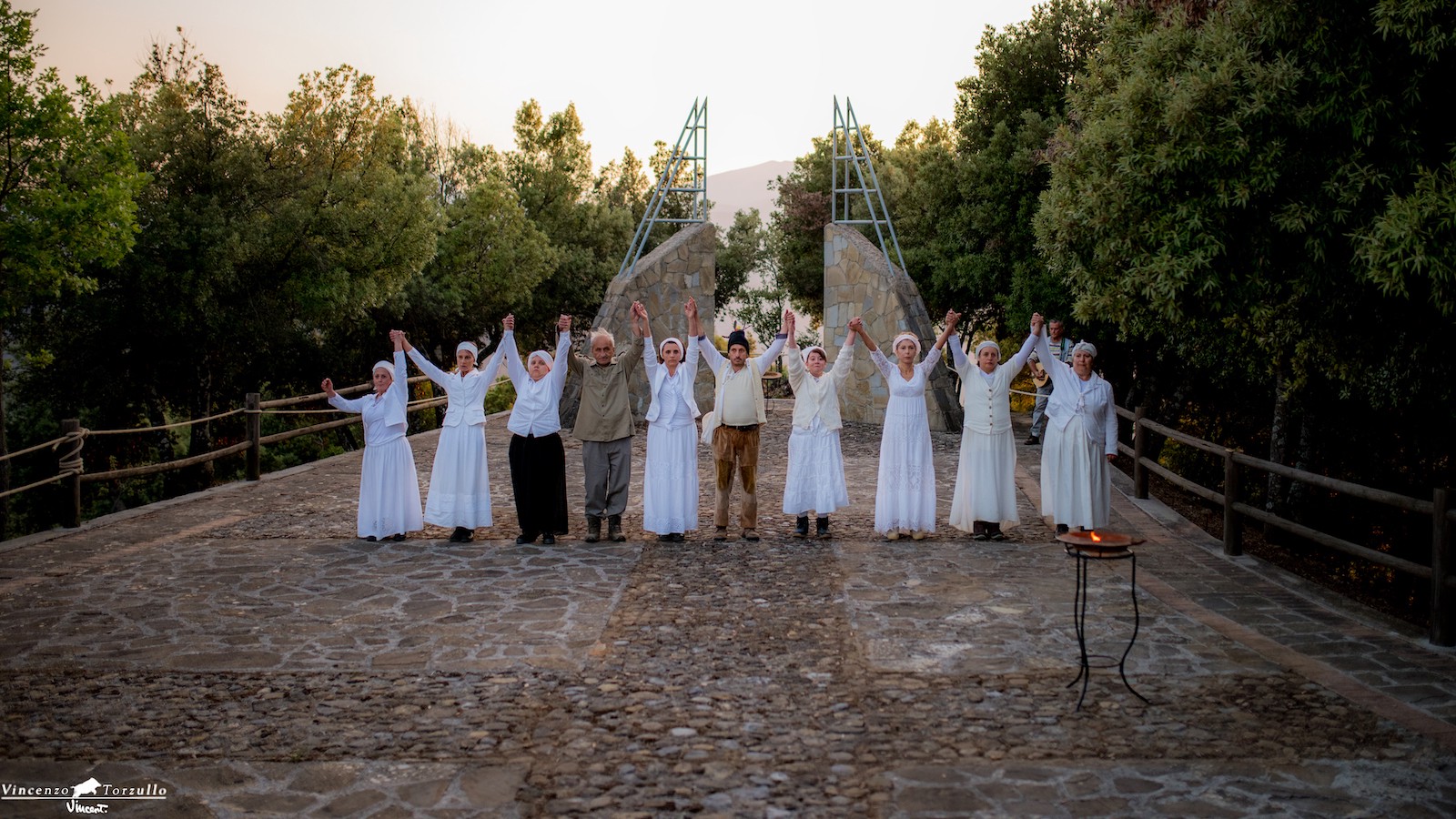
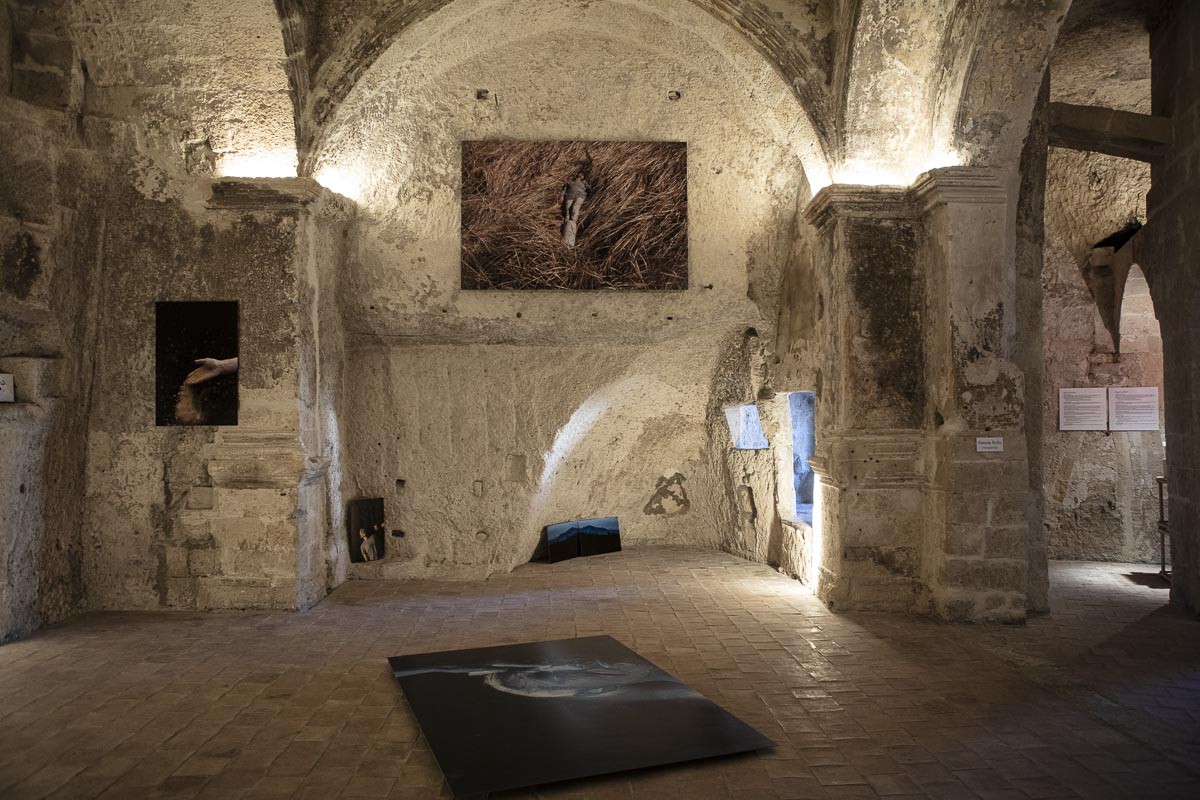
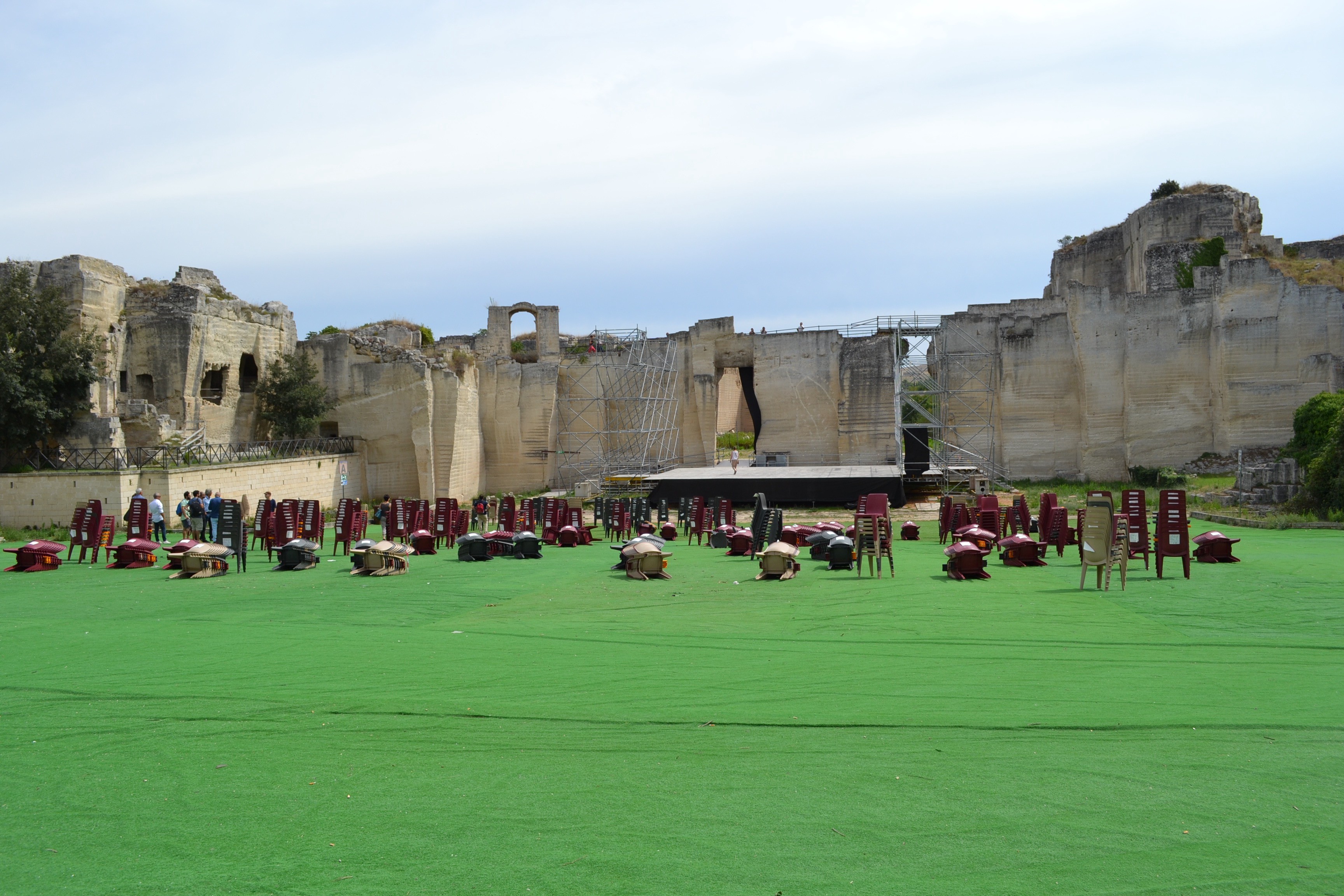
Finally, our hope is to give rise to a recursive process that sees data as a means to an end, not an end itself. Publishing the data online was not the ultimate goal of the Matera 2019 Open data portal. It is humans and their actions that generated the datasets behind the stories of the portal. And now that the data is published, it should serve this community. We want to see the data used as a tool to foster new human interactions and to inform new processes aimed at improving the conditions of Matera’s society.
最后,我們的希望是引發一個遞歸過程,該過程將數據視為達到目的的手段,而不是達到目的的手段。 在線發布數據并不是Matera 2019 Open數據門戶網站的最終目標。 是人類及其行為在門戶故事背后生成了數據集。 既然數據已經發布,它就應該為這個社區服務。 我們希望將數據用作促進新的人類互動并為旨在改善馬泰拉社會狀況的新程序提供信息的工具。
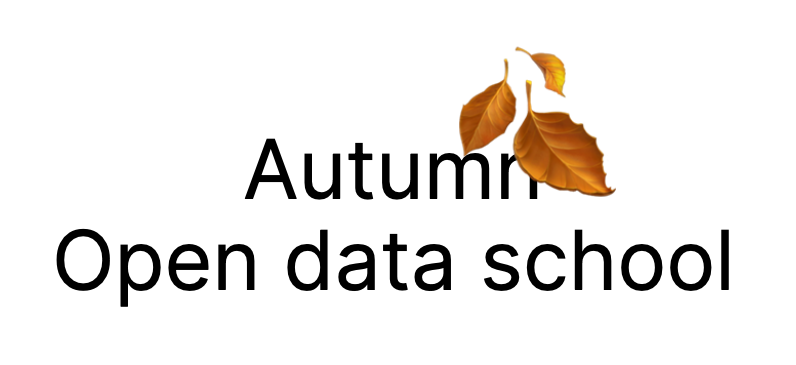
With this goal in mind, an integral part of designing the Open Data Portal has been that of planning for its legacy. In the autumn 🍂, we are supporting the organization of a DataSchool, together with the Matera Foundation and with the participation of the open-data guru Maurizio Napolitano. The School will bring in the city a colourful variety of data-people, from data-activists, to design students, journalists, or social scientists, to design new forms of communication and services based on the data.
考慮到這一目標,設計開放數據門戶的一個組成部分就是規劃其遺留問題。 在秋季🍂,我們將與Matera基金會以及開放數據專家Maurizio Napolitano共同支持DataSchool的組織。 該學院將為城市帶來各種各樣的數據人,從數據活動家到設計學生,新聞工作者或社會科學家,到根據數據設計新形式的交流和服務。
Through the design of the platform, we aimed to turn open data into commons, public goods generated and maintained by the community for its wealth and awareness. Our hope, indeed, is to contribute to a more inclusive data practice, which embraces a broader audience, provides diverse and faceted entry points for personal explorations, and constitutes a stepping stone towards new forms of information, knowledge, awareness, and social care.
通過平臺的設計,我們旨在將開放數據轉變為公共資源,社區為社區的財富和意識而產生和維護的公共物品。 實際上,我們的希望是為更具包容性的數據實踐做出貢獻,該實踐涵蓋了更廣泛的受眾,為個人探索提供了多種多樣且切面的切入點,并且是邁向新形式的信息,知識,意識和社會關懷的墊腳石。
Matteo Moretti is a designer and cofounder of Sheldon.studio & Alice Corona, data-journalist and founder of Batjo.eu
利瑪竇莫雷蒂 是一名設計師兼創始人 Sheldon.studio 與 愛麗絲電暈 ,數據記者和創始人 Batjo.eu

翻譯自: https://medium.com/nightingale/beyond-open-washing-are-stories-and-narratives-the-future-of-open-data-portals-93228d8882f3
數據開放 數據集
本文來自互聯網用戶投稿,該文觀點僅代表作者本人,不代表本站立場。本站僅提供信息存儲空間服務,不擁有所有權,不承擔相關法律責任。 如若轉載,請注明出處:http://www.pswp.cn/news/388513.shtml 繁體地址,請注明出處:http://hk.pswp.cn/news/388513.shtml 英文地址,請注明出處:http://en.pswp.cn/news/388513.shtml
如若內容造成侵權/違法違規/事實不符,請聯系多彩編程網進行投訴反饋email:809451989@qq.com,一經查實,立即刪除!













)



)
